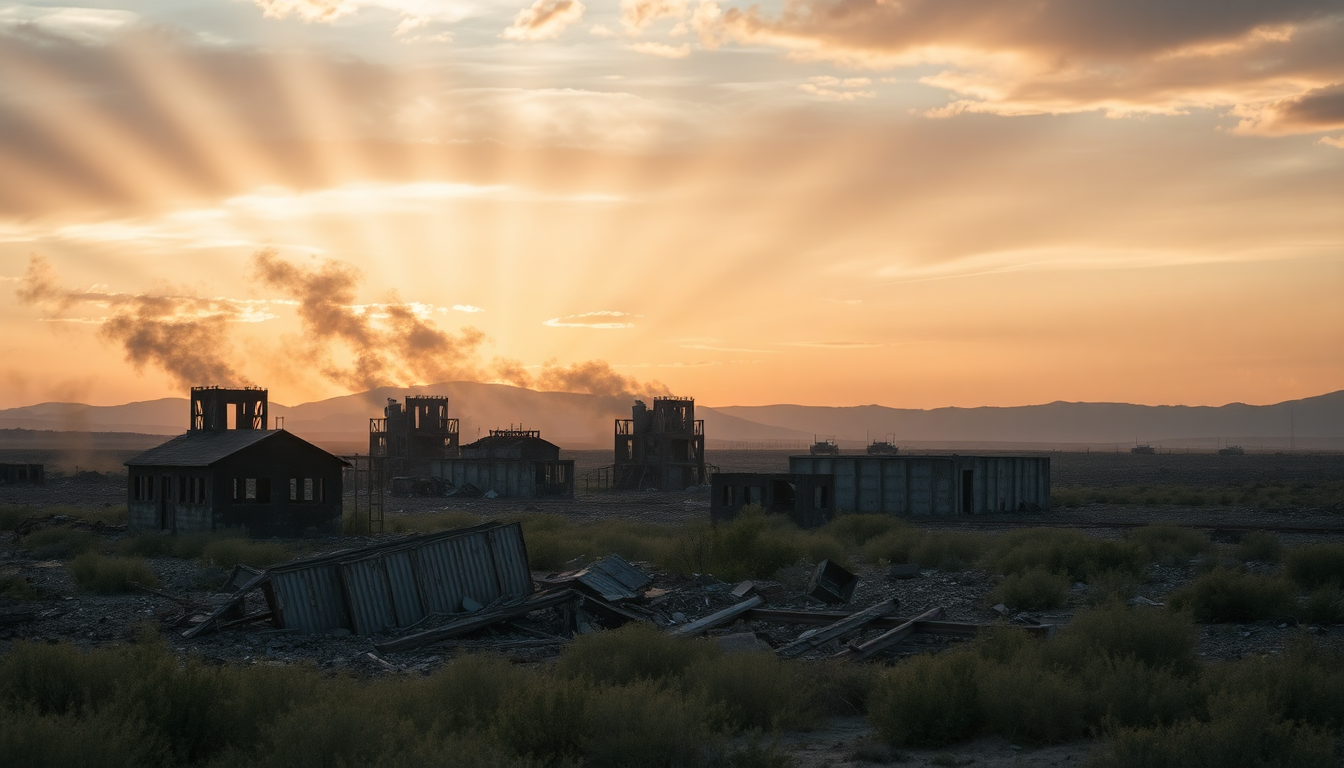Table of Contents
The geopolitical landscape surrounding Iran’s nuclear ambitions has been notably shaped by recent military actions, particularly the controversial Operation Midnight Hammer. Launched on June 21, 2025, this operation saw B-2 stealth bombers executing a coordinated airstrike on key nuclear facilities. While officials initially claimed a complete destruction of these sites, new reports suggest that some enriched uranium may have survived, sparking renewed debates about the effectiveness and future of such military initiatives. Isn’t it fascinating how a single military operation can pivot the course of international relations?
Market Dynamics of Military Operations
When we evaluate the effectiveness of military strikes like Operation Midnight Hammer, it’s essential to look at various factors: strategic objectives, operational execution, and the long-term implications for regional stability. The White House has confidently asserted that the operation successfully ‘obliterated’ Iran’s nuclear capabilities, a sentiment echoed by President Trump. Yet, the revelations that some stockpiles of enriched uranium remain intact present a more complex reality. How do we reconcile these conflicting narratives?
Strategically, the operation aimed to curtail Iran’s uranium enrichment capabilities, a critical step in their nuclear weapons development. Utilizing B-2 bombers, known for their stealthiness, allowed the U.S. to penetrate Iranian airspace almost undetected. This level of precision in military operations is akin to the mantra in real estate: location, location, location. The operation’s effectiveness must also be assessed against the subsequent actions of Iranian officials and their ability to recover nuclear infrastructure. What are the odds of Iran bouncing back from such an assault?
As we dive deeper into the analysis, it becomes apparent that the military’s narrative of complete success may not align with intelligence insights. The balance of power in the Middle East is fragile, and any remaining capability for Iran to enrich uranium could have far-reaching consequences. The stakes are incredibly high; even a small amount of near-bomb-grade uranium raises alarms not just for regional security, but for global stability as well. Isn’t it alarming to think about how interconnected our world has become?
Investment Perspectives in Geopolitical Context
From an investment standpoint, events like Operation Midnight Hammer can create both opportunities and risks in the global market. Investors are keen to grasp how military actions influence market sentiment, especially in sectors like defense, energy, and technology. The current situation serves as a prime example of how military operations can lead to volatility in oil prices, fluctuations in defense stocks, and shifts in investor confidence. Are you keeping an eye on how these events could impact your investments?
For instance, defense contractors may experience a surge in demand for advanced weaponry and military technology as nations reassess their security strategies. On the flip side, countries dependent on oil exports might face economic downturns if military actions disrupt supply chains or incite instability in the region. Understanding these multifaceted impacts is vital for navigating the investment landscape effectively. Are you prepared to adapt your investment strategy in response to these changes?
Moreover, the ongoing tensions between the U.S. and Iran can also ripple through real estate markets in neighboring regions. Investors should remain vigilant about how these geopolitical developments could affect property values and investment opportunities, especially in areas directly influenced by military engagements. Isn’t it intriguing how real estate can be so closely tied to global politics?
Forecasting Future Implications
Looking ahead, the implications of Operation Midnight Hammer and Iran’s nuclear capabilities require careful consideration. As new intelligence reports emerge, it’s crucial to assess Iran’s potential responses and the likelihood of further military engagements. Will we see renewed negotiations, or are we on the brink of escalated conflict? These questions will shape the strategic landscape for years to come.
In the short term, investors and policymakers need to stay alert to the evolving situation. The possibility of returning to diplomatic talks could offer pathways to stabilization, but the lingering issue of nuclear enrichment capabilities might complicate progress. Ultimately, the outcome of this situation will likely influence not just regional dynamics but also global markets and security frameworks. How will you navigate this uncertain terrain?


